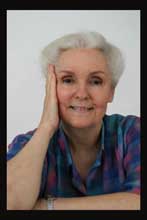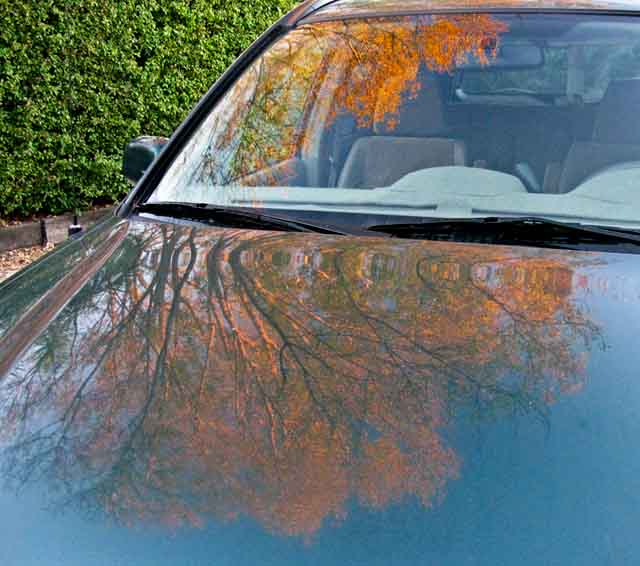According to its web site, “The Grand Unified System (GUS) is a custom database system for managing and maintaining funding source, purchasing, lien, and other essential financial information for many departments and research organizations across the UCSB campus. Managing intramural as well as extramural funding, expense tracking and reconciliation can be very tedious and time consuming. The primary goal of the GUS development team is to simplify these complex and detailed operations while minimizing errors and reducing the frustrations normally associated with these essential tasks. Since it’s inception in 1998, the system’s user base has grown from a single research organization to over 30 various units campus-wide.”
Meryl Wieder, our Geography MSO who retired in 2004 after 36 years of service to UCSB, was instrumental in the development of computerized accounting at UCSB in general and for the Department of Geography in particular. The following material is taken from “Chapter 7: Technologic Revolution – The Advent of Computers” of Susan Baumgart’s “Department History – A Lively Chronicle: 1963-2000” on our web site:
“Waldo Tobler described what computing was like when he first came to campus in 1977: ‘When I arrived here, the computing facilities were abominable. [Chancellor] Cheadle had turned computing over to an administrator who promised to curb the rapid growth in costs that were occurring. This he did, with disastrous results. One of the professors in engineering had established an internet-like arrangement, with interactive graphics and computing, far in advance of most other places. This was not supported by the university. It was actually squelched, and the professor in charge left. The computer administrator at UCSB let IBM dictate the type of computing available to faculty with rather awful rituals and clumsy software. I did most of my computing via telephone back to Ann Arbor on a teletype machine, using their Amdahl machine and the interactive MAD language.’
Meryl Wieder, the highest ranking staff member of the Department, arrived June 1978, a year after Tobler. Neither faculty nor staff had personal computers. She remembers Tobler bought the very first: the earliest available Apple with 64K of memory. It sat in Tobler’s office across the hall from her. At the urging of a graduate student named Otto Matt (we did not make up this name!), Wieder bought a $26 dollar software package and installed it on Tobler’s machine. The program performed tasks in three minutes that she used to do in a week by hand. Wieder was now convinced that computers could be great tools. (Not everyone agreed with her.)
Golledge’s assistant, Patty Fenwick-Miller, attended a demonstration of VisiCalc spreadsheet software and, returning, urged Wieder to attend the workshop the following Sunday – which she did. From that workshop, Wieder was able to create the first spreadsheet to calculate faculty salaries based on FTE and percent time. In 1980, Wieder changed software to Lotus and processed all the Geography accounts on the computer.
In the early 1980s, State legislative analysts came from Sacramento to assess computing on campus. Geography was one of the few departments that had computers. They saw Wieder using the little Apple for spreadsheets and interviewed her for details. Their report featured Wieder’s computerized tracking and accounting. Geography garnered respect from UCSB Administration. In response, the UCSB College of Letters and Science spent half a million dollars creating an ARCS system, available to all departments within the College. It was a clone of an accounting system developed by programmers in the UC Berkeley Biochemistry Department, which was originally designed to run on Sun workstations. But it ran very slowly on the IBM PCs that Letters and Science bought for the departments. How slow? Screen refreshing could take up to three minutes.
Wieder used her own system in tandem with the College’s system. If she didn’t use the College’s, the Department wouldn’t qualify for the PCs the College distributed. Although not an efficient tool for managing a department, the college’s program was a solution to acquire needed equipment. Over the years, she designed fourteen different databases and changed software from Lotus to Reflex and then, in 1989, to Paradox – which still is used today. In the future, she expects the Department administration to go to the GUS system that is being developed by three programmers hired by the Marine Science Institute and the Department of Chemistry.”
As usual, Meryl was right. The Budget Module of GUS went into production in 1999, the Purchasing Module followed in 2001, the Recharge Module came out in 2003, and the Contracts and Grants Module was released in 2004. Today, it costs about $1,000 to install GUS on a 4D Server with 2 client licenses. We’ve come a long way since – and partly because – Meryl bought that $26 dollar software package and figured out how to use it!







.JPG)
